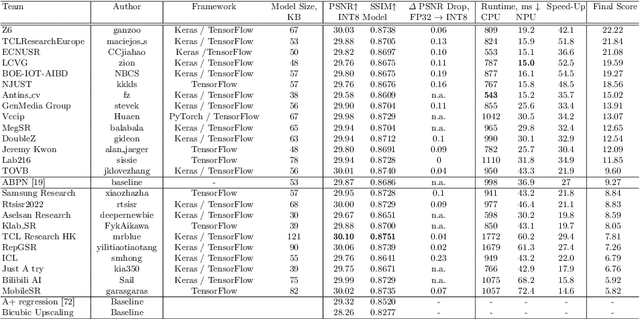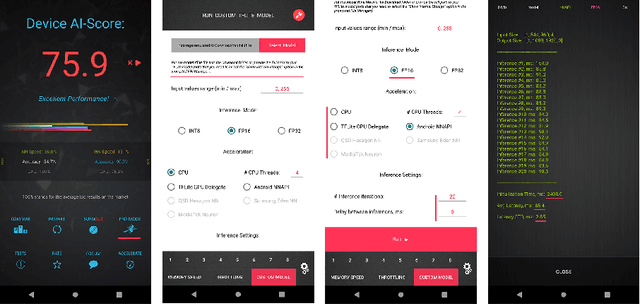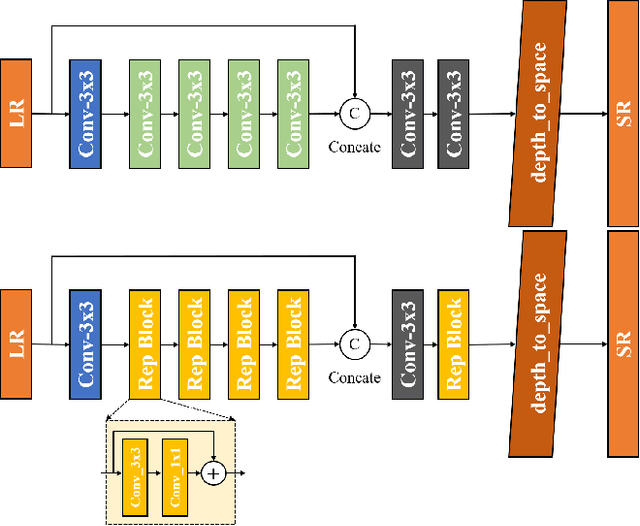Nianxiang Fu
Dynamic Kernel-Based Adaptive Spatial Aggregation for Learned Image Compression
Aug 17, 2023Abstract:Learned image compression methods have shown superior rate-distortion performance and remarkable potential compared to traditional compression methods. Most existing learned approaches use stacked convolution or window-based self-attention for transform coding, which aggregate spatial information in a fixed range. In this paper, we focus on extending spatial aggregation capability and propose a dynamic kernel-based transform coding. The proposed adaptive aggregation generates kernel offsets to capture valid information in the content-conditioned range to help transform. With the adaptive aggregation strategy and the sharing weights mechanism, our method can achieve promising transform capability with acceptable model complexity. Besides, according to the recent progress of entropy model, we define a generalized coarse-to-fine entropy model, considering the coarse global context, the channel-wise, and the spatial context. Based on it, we introduce dynamic kernel in hyper-prior to generate more expressive global context. Furthermore, we propose an asymmetric spatial-channel entropy model according to the investigation of the spatial characteristics of the grouped latents. The asymmetric entropy model aims to reduce statistical redundancy while maintaining coding efficiency. Experimental results demonstrate that our method achieves superior rate-distortion performance on three benchmarks compared to the state-of-the-art learning-based methods.
Efficient and Accurate Quantized Image Super-Resolution on Mobile NPUs, Mobile AI & AIM 2022 challenge: Report
Nov 07, 2022



Abstract:Image super-resolution is a common task on mobile and IoT devices, where one often needs to upscale and enhance low-resolution images and video frames. While numerous solutions have been proposed for this problem in the past, they are usually not compatible with low-power mobile NPUs having many computational and memory constraints. In this Mobile AI challenge, we address this problem and propose the participants to design an efficient quantized image super-resolution solution that can demonstrate a real-time performance on mobile NPUs. The participants were provided with the DIV2K dataset and trained INT8 models to do a high-quality 3X image upscaling. The runtime of all models was evaluated on the Synaptics VS680 Smart Home board with a dedicated edge NPU capable of accelerating quantized neural networks. All proposed solutions are fully compatible with the above NPU, demonstrating an up to 60 FPS rate when reconstructing Full HD resolution images. A detailed description of all models developed in the challenge is provided in this paper.
 Add to Chrome
Add to Chrome Add to Firefox
Add to Firefox Add to Edge
Add to Edge